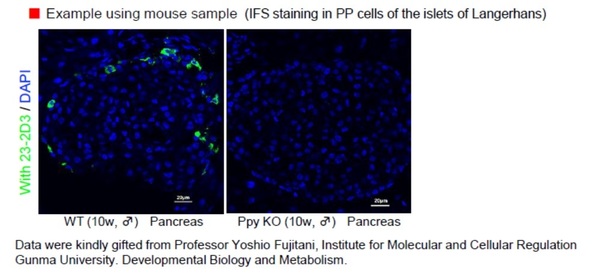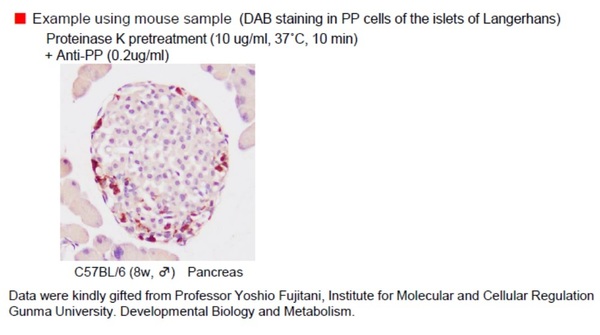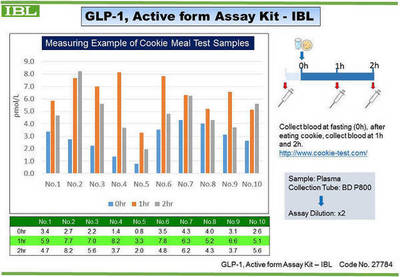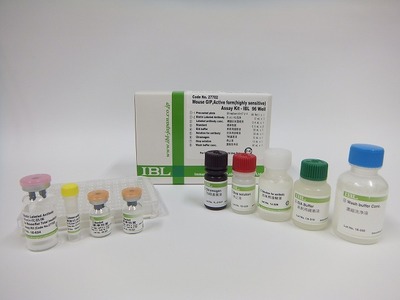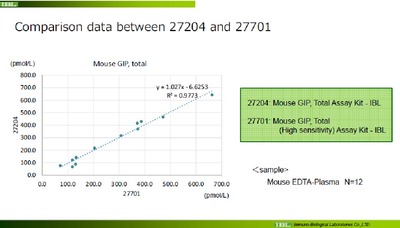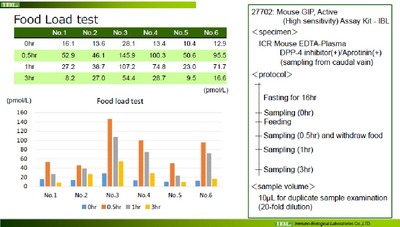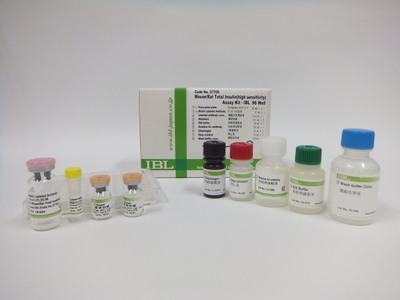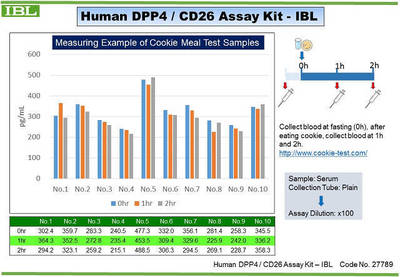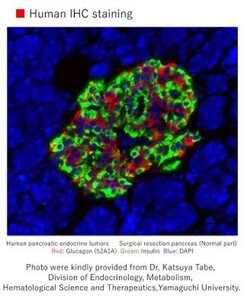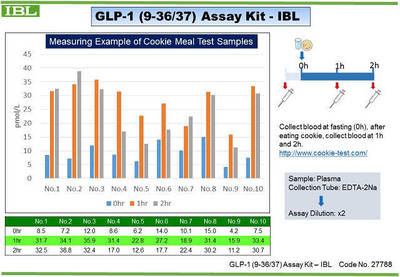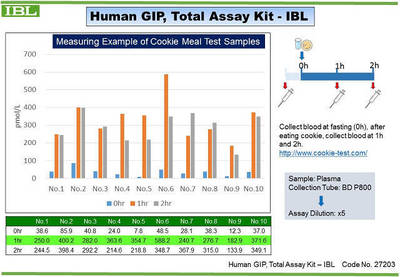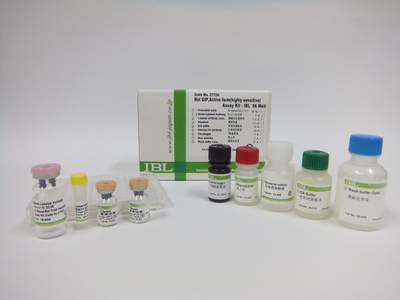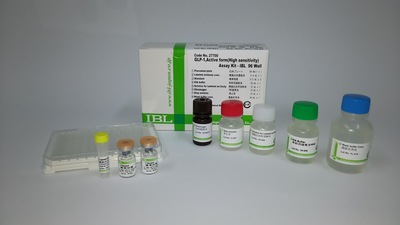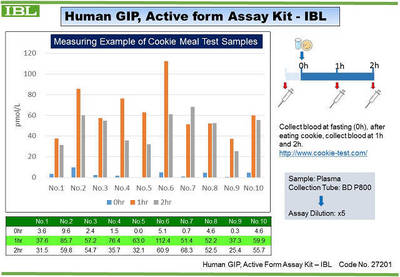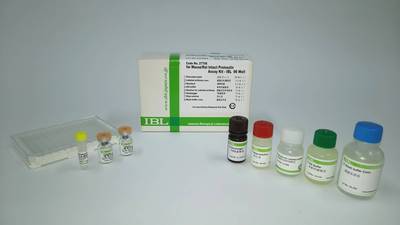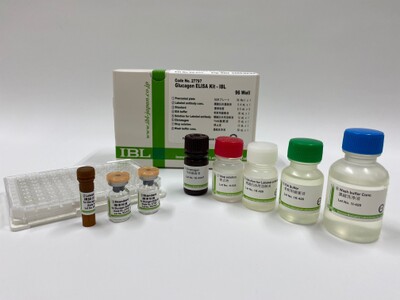- HOME >
- For Researchers >
- Product Search >
- Search Result >
- #10501 Anti- PP (Pancreatic Polypeptide) (23-2D3) Mouse IgG MoAb
Product Search
#10501 Anti- PP (Pancreatic Polypeptide) (23-2D3) Mouse IgG MoAb
- Intended Use:
- Research reagents
- Application:
- IHC
- Package Size1:
- 50 μg
- Package Size2:
- 5 μg
- Note on Application Abbreviations
- IHC:Immunohistochemistry
※ The product indicated as "Research reagents" in the column Intended Use cannot be used
for diagnostic nor any medical purpose.
※ The datasheet listed on this page is sample only. Please refer to the datasheet
enclosed in the product purchased before use.
Product Overview
Product Overview
| Product Code | 10501 |
|---|---|
| Product Name | Anti- PP (Pancreatic Polypeptide) (23-2D3) Mouse IgG MoAb |
| Maker Name | Immuno-Biological Laboratories Co., Ltd. |
| Intended Use | Research reagents |
| Application | IHC |
| Species | Human, Mouse, Rat |
| Immunizing antigen | Synthetic peptide for Mouse PP |
| Source | Mouse-Mouse hybridoma (SP2/0-Ag14 ×PPYcre/cre mouse spleen cells) |
| Clone Name | 23-2D3 |
| Subclass | IgG1 |
| Purification Method | Affinity purified with ProteinG |
| Specificity | Human,Mouse and Rat PP specific. Does not cross react with Neuropeptide Y(NPY) nor Peptide YY(PYY). |
| Package Form | Lyophilized product from 1% BSA in PBS containing 0.05% NaN3 |
| Storage Condition | 2 - 8 ℃ |
| Poisonous and Deleterious Substances | Applicable |
| Cartagena | Not Applicable |
| Package Size 1 | 50 μg |
| Package Size 2 | 5 μg |
| Remarks1 | The commercial use of products without our permission is prohibited. Please make sure to contact us and obtain permission. |
Product Description
Product Description
Pancreatic Polypeptide (PP) is 36 amino acid polypeptide that is secreted by PP
cells (F cells or γ cells) of the islets of Langerhans of pancreas and it is classified
as NPY family peptide along with Peptide YY (PYY) and Neuropeptide Y (NPY).
The receptors of these NPY family consist of 5 subtypes such as Y1, Y2, Y4, Y5
and Y6 and PP has especially high affinity with Y4 receptor and it has been known
as a satiety factor that suppress appetite by acting on Y4 receptor in the
hypothalamus.
Recently, it has been reported that PP possibly acts as a blood glucose control
factor that suppress the secretion of glucagon by acting on Y4 receptor of alpha
cells after glucose loading.
It has been also considered that PP is secreted through stimulating of the vagus
nerve after meal and it is involved in the regulation of food intake.
Highly specific antibody is required for PP study since it has been reported that
PP cells produce both PP and PYY and these amino acid sequences have high
homology.
This antibody specifically reacts to PP in Human, Rat and Mouse and it can be
used for Immunohistochemistry (Immunofluorescence staining and DAB staining)
against PP cells of the islets of Langerhans.
cells (F cells or γ cells) of the islets of Langerhans of pancreas and it is classified
as NPY family peptide along with Peptide YY (PYY) and Neuropeptide Y (NPY).
The receptors of these NPY family consist of 5 subtypes such as Y1, Y2, Y4, Y5
and Y6 and PP has especially high affinity with Y4 receptor and it has been known
as a satiety factor that suppress appetite by acting on Y4 receptor in the
hypothalamus.
Recently, it has been reported that PP possibly acts as a blood glucose control
factor that suppress the secretion of glucagon by acting on Y4 receptor of alpha
cells after glucose loading.
It has been also considered that PP is secreted through stimulating of the vagus
nerve after meal and it is involved in the regulation of food intake.
Highly specific antibody is required for PP study since it has been reported that
PP cells produce both PP and PYY and these amino acid sequences have high
homology.
This antibody specifically reacts to PP in Human, Rat and Mouse and it can be
used for Immunohistochemistry (Immunofluorescence staining and DAB staining)
against PP cells of the islets of Langerhans.
References
References
Note: Retrieve by PMID number in displayed by abstract: http://www.ncbi.nlm.nih.gov

